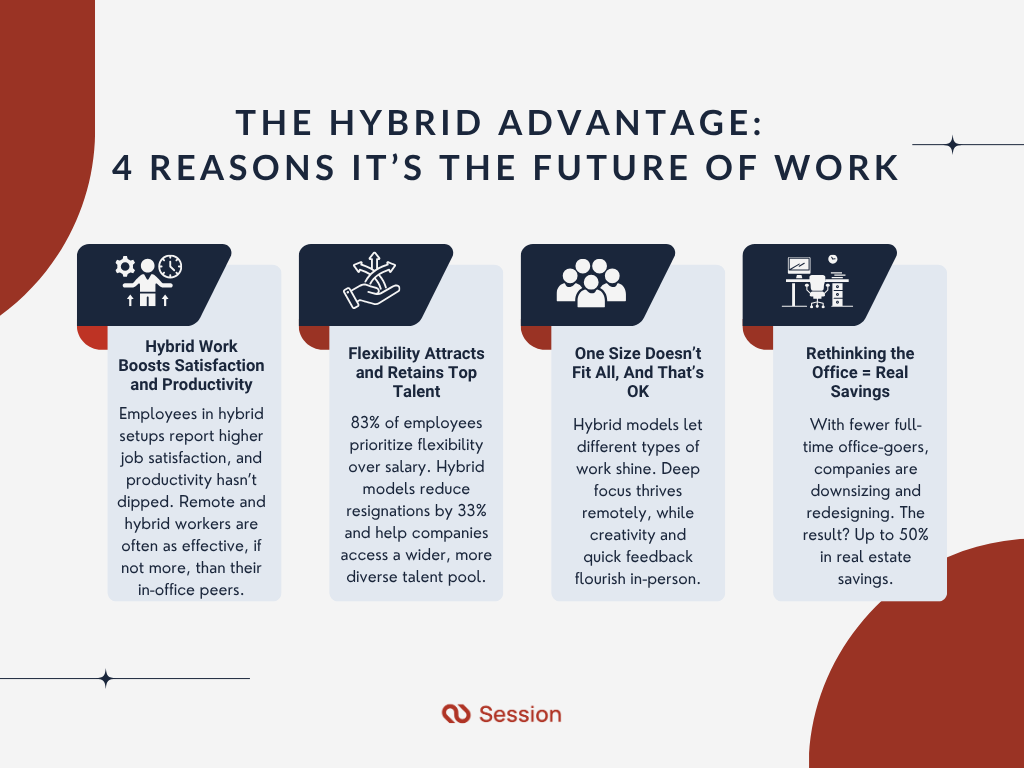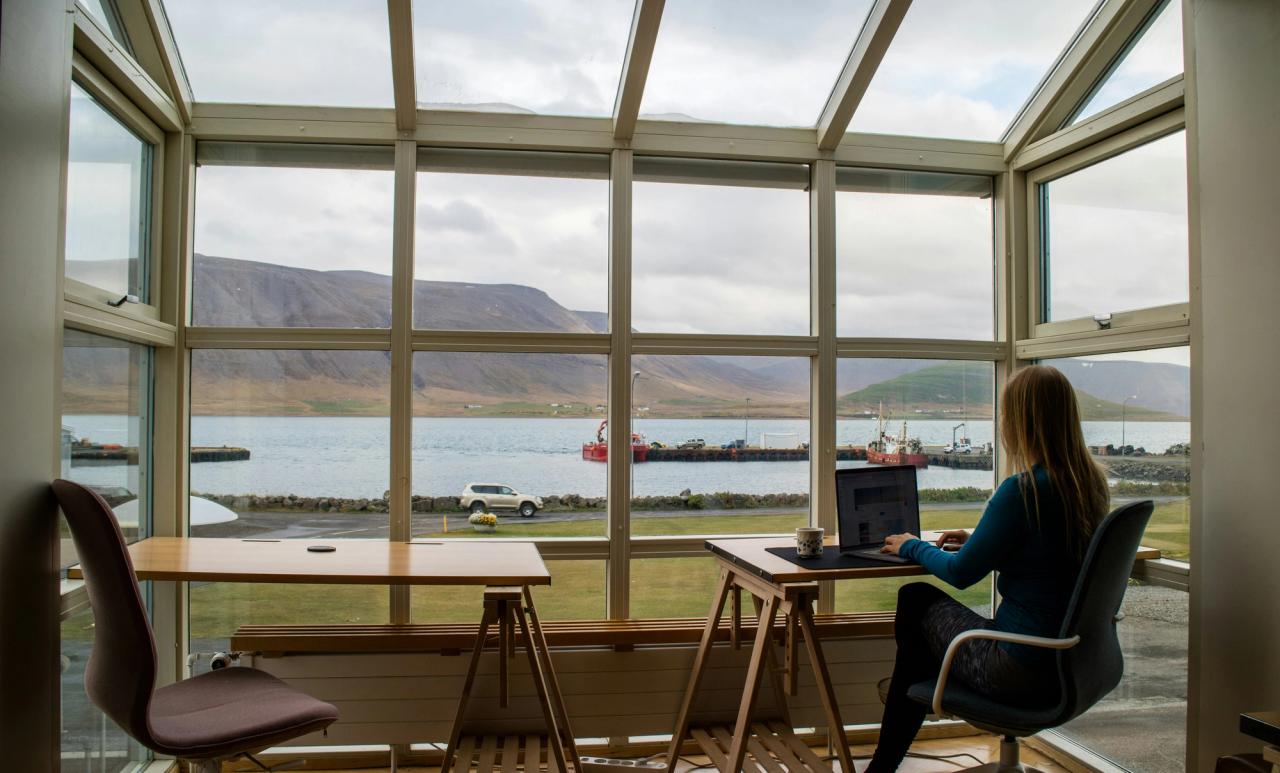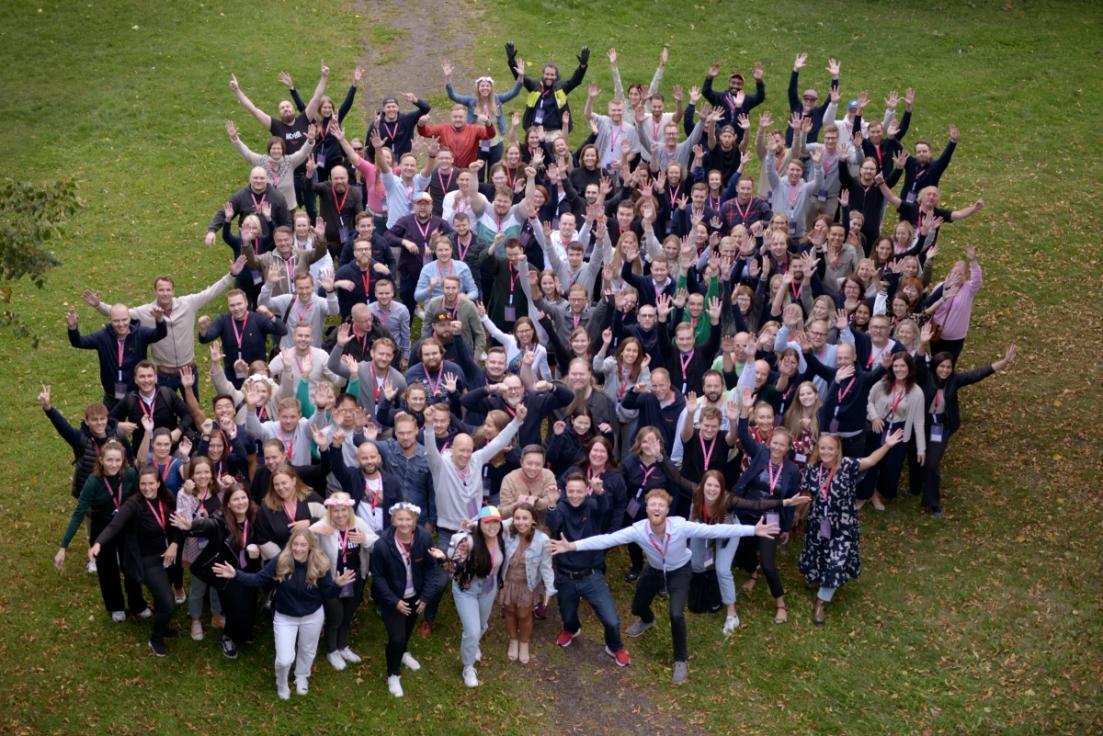The research on hybrid and remote work is constantly evolving, but let’s take a look at whether forcing everyone back at the office really pays off, or whether having a more flexible set-up with the option to also work remotely either full-time or in a hybrid model might be more the right thing in the modern world of work.
The question whether we need to force everyone to go back to work is relevant due to the fact that some companies are experiencing trouble with sustaining a wanted (and needed) company culture when and if too many people work from home, trouble monitoring performance and work in general. Therefore, some companies are forcing everyone back to the office. On the other hand, a lot of companies are also experiencing a lack of ability to attract top talent by forcing everyone back, and on top of this they have a hard time justifying the costs of having a physical office when most employees might prefer to work from home. So - what to do? Let’s dig in and take a closer look!
Is a mandatory return to the office the best answer?
The Short Answer: No, we don't all have to go back to the office full-time. A hybrid model absolutely can work, and in many cases, it's proving to be the optimal solution. For many organizations, the past few years have acted as a live experiment in flexible working. The results? Clear: hybrid work isn’t just viable, it’s often better. Employees report greater satisfaction, productivity has stayed steady (or improved), and top talent is increasingly drawn to companies that offer choice.
However, without intention, it can quickly become disjointed. The challenge isn’t deciding whether we go back to the office, it’s figuring out how to design environments where people feel motivated, included, and equipped to do their best work without them loosing their sense of belonging to - and neither the flexibility of their work!

What We’ve Learned from the Last Few Years (and What We Haven’t)
In the early days of the pandemic, remote work was an emergency solution. Now, it’s become a permanent fixture for many. But the conversation is no longer just about where we work, but how we work best.
A Stanford study from June 2024, among others, reveals that hybrid workers are often just as productive, and in some cases, even more productive than their fully in-office peers. Interestingly, remote-only workers tend to be slightly more productive, though this often comes with longer work hours.
These insights point to a broader shift in thinking: the debate is no longer whether hybrid or remote models can work, but how to tailor them to different kinds of work. Tasks that require deep focus and minimal interruption tend to flourish in remote settings. On the other hand, creative ideation, spontaneous feedback loops, and moments of unstructured collaboration often benefit from being in the same room.
And now, the dust is settling. After fluctuations in 2022 and 2023, Gallup’s 2025 data shows a new normal: 50% of remote-capable workers are hybrid, 30% are fully remote, and just 20% are fully on-site. Meanwhile, companies pushing for full-time office returns are facing resistance, often at the cost of talent. The most common compromise? A “3-2” split, blending in-person presence with the autonomy of remote work.
Flexibility as a talent management
Beyond the positive aspects of productivity and cost, the hybrid model is proving to be a powerful driver of employee satisfaction and retention. According to Stanford research, resignations dropped by 33% in companies that adopted hybrid setups. Employees consistently rank flexibility as a top priority, 83% even place it above the importance of salary when considering job satisfaction.
Mandated full-time returns to the office, on the other hand, appear to backfire. University of Pittsburgh findings link strict RTO policies to noticeable dips in morale and higher attrition rates - especially among senior-level and female employees.
This isn’t only about keeping current teams happy. Flexible work options also help attract new talent. With physical location no longer a barrier, companies gain access to a broader and more diverse talent pool. LinkedIn data shows a clear trend: 60% of applications go to the 20% of job listings that offer remote or hybrid options.
Rethinking Space: The Real Estate Ripple Effect
The shift to hybrid work hasn’t just impacted productivity, it’s rewiring how companies think about physical space. With fewer employees in the office full-time, many organizations are downsizing or reconfiguring their real estate footprint, leading to potential cost savings of up to 50%.
In parallel, coworking spaces are experiencing a notable surge. As companies trade long leases for flexible access, these shared environments offer a practical solution: balancing structure with agility, and cost-efficiency with set-ups that are ready for collaboration.
Let’s Be Honest, Hybrid Isn’t Perfect
While flexibility has clear upsides, it’s not without its challenges. Some companies are rethinking remote because:
- Collaboration can suffer without in-person moments. That’s why many now use “anchor days” and better tools like latency-free video and shared whiteboards.
- Fairness matters. Remote workers often fear being overlooked. Companies focused on equity are working to ensure promotions and opportunities aren’t tied to desk time. Companies need to ensure equitable treatment for all work models.
- Leadership needs a new skillset. Managers need training to effectively lead distributed teams, fostering trust, inclusiveness, and clear communication. Outcome-based metrics are replacing "desk-time" tracking.
- Offices need upgrades. Many spaces aren’t hybrid-ready yet, prompting a redesign boom to support flexibility and collaboration.
The good news? Each challenge has a solution, and forward-thinking companies are already adapting.
Conclusion
The research makes one thing clear: hybrid work can work really well, but only when it’s done with intention. It’s not about choosing sides between office or remote anymore. It’s about figuring out what actually works for your team, your roles, and your company’s goals. The companies seeing the best results are the ones investing in effective tools, trusting their managers to lead differently, and staying flexible. When that’s in place, things like productivity, retention, and overall well-being all tend to improve.










